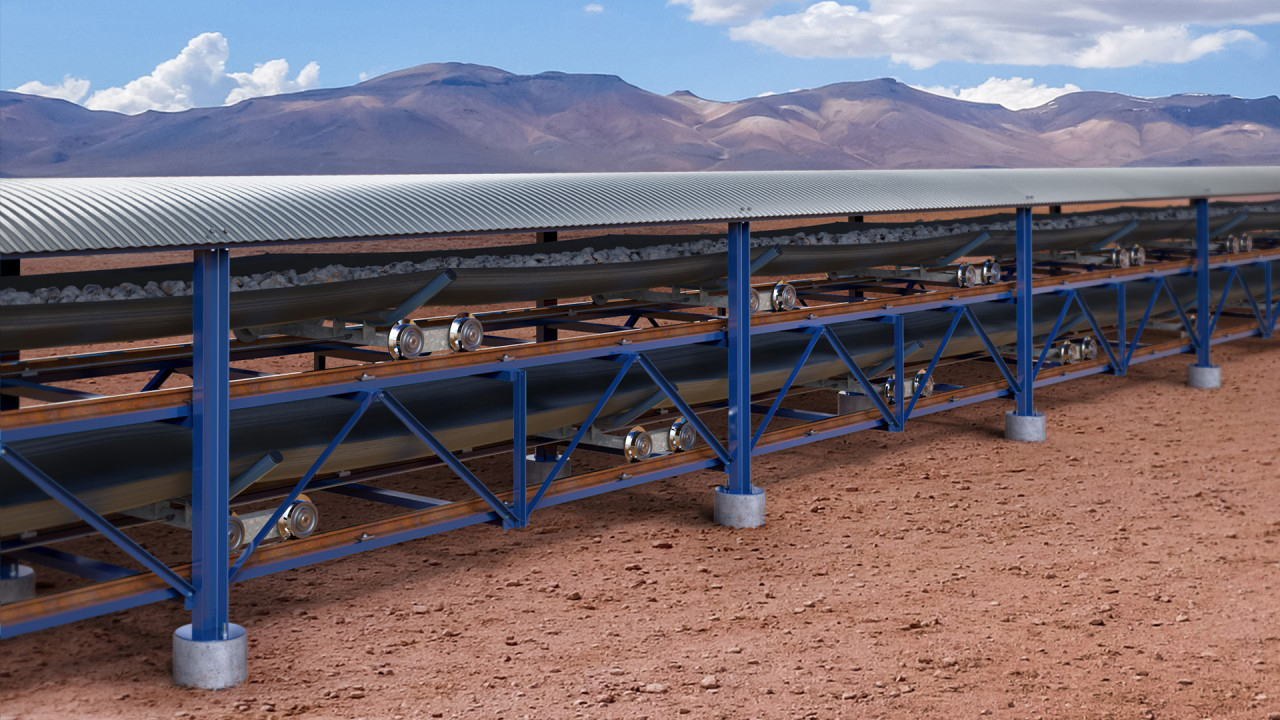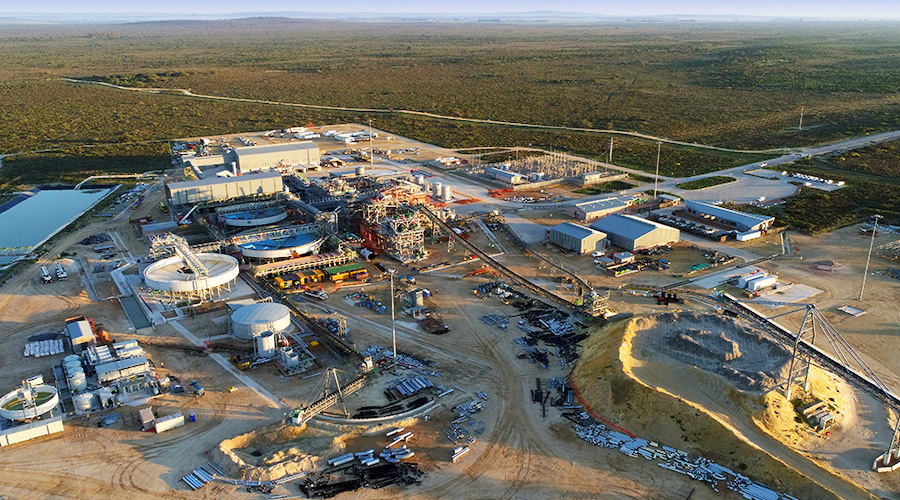Court stops construction of Kenya’s coal power plant. Here’s why
Kenyan judges have stopped plans to construct the country’s first ever coal-powered plant near the coastal town of Lamu, a Unesco World Heritage Site. The tribunal ruled that the National Environment Management Authority had failed to do a thorough environmental assessment. The Conversation Africa’s Moina Spooner asked David Obura, adjunct fellow, The University of Queensland to give some insights.
Why did the Kenyan government opt for a coal-powered fire station given the global move away from coal?
The government’s justification for the coal plant came from its “Vision 2030” goals for development, launched in 2008. Under this strategy, adequate, reliable, clean and affordable energy was highlighted as key to meeting the country’s growing demands.
The government anticipated that over the 20 years of the plan demand for energy would increase six-fold from about 1 800 MW to 15 000 MW peak load in 2030. About a quarter (26%) of the final installed capacity was expected to be obtained from geothermal, 19% from nuclear, and 13% from coal. Coal was seen as a cheaper substitute for more expensive oil, and to provide consistent baseload power.
However, cleaner fossil and non-fossil fuels are fast gaining advantage because of their improving cost to the user, measures of energy efficiency, reliability, stability of supply and low environmental impacts. And energy demand hasn’t risen as expected, remaining below 2000 MW.
Given all the above, it’s believed that vested interests are likely to be playing a role in Kenya’s push for the coal plant. The plant is owned by Amu Coal – a consortium of Kenyan and Chinese energy and investment firms. There are reports that China has positioned itself to help drive Kenya’s energy market while, in its shift to cleaner domestic energy, the country is moving its existing stock and labour abroad.
What are the particular environmental challenges that a plant like this presents?
The burning of coal will cause massive pollution to the air, fresh water and ocean.
Contributing to this is the fact that the coal intended for use, from South Africa and Kitui in Kenya, is bituminous – this means that it burns poorly and has particularly high levels of pollutants. South Africa has one of the highest emissions from coal power plants in the world, with widely documented effects on people and nature.
The plant will also dramatically increase Kenya’s national contribution to global carbon dioxide emissions.
On top of air pollution, coal leaves behind residue ash when it’s burned. The Lamu Coal Plant proposes a yard that will hold about 26 million cubic metres of ash and stand 26 metres high, in places less than three metres above sea level. This may remain as a permanent mound of waste – until eroded by the rising sea. This is a huge concern on the low-lying coastline – until recently sea level was projected to rise almost one metre by 2100, but new evidence including recent ice melt in Greenland, suggests this rate could be much higher.
The judges ruled that the environmental impact assessment was bad. How are they carried out in Kenya. Who is responsible for them?
Environmental Impact Assessments in Kenya are implemented by independent experts accredited through the Environmental Institute of Kenya. They are commissioned by project developers to carry out assessments.
The National Environment Management Authority is responsible for reviewing assessments for their content and quality. It has the power to approve or deny an environmental license for operations.
A portion of responsibility therefore lies with all three – environment management authority, the experts who are paid to carry out the studies and the project developers who commission and pay for them. But ultimately the buck stops with the national authority.
What went wrong?
The court case highlighted that the environmental challenges listed above were not adequately covered by the Environmental Impact Assessment. These include:
- Detailed insights into how much pollution from coal, dust and ash the plant would produce, and how this would affect people, plants, animals and marine life;
- How much and in what directions pollution would be spread by wind and water currents;
- The impact of a changing climate, like rising sea levels, on the plant and the coal residue that it will leave behind;
- sufficient and credible mitigation actions for all these impacts.
The court’s decision shines a light on these deficiencies and calls into question the fundamental role played by the environmental authority. It’s job is to review and maintain quality control over assessments. It clearly didn’t do that in this case. This mirrors an earlier case in which a High Court decision stopped dredging for the new Lamu port, adjacent to the coal plant.
For now, the court order has given the project proponents a clear directive to do a new environmental impact assessment if they want to go ahead with the plant. It could take a year or two to complete for a project of this scale. Many Lamu residents and environmental groups hope that the project will be shelved. Even if that doesn’t happen, at least a signal has been sent that future Environmental Impact Assessments must meet necessary standards, and will face critical scrutiny to ensure they do.
This article is republished from The Conversation under a Creative Commons license. Read the original article.![]()
Share this content:















Post Comment